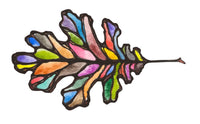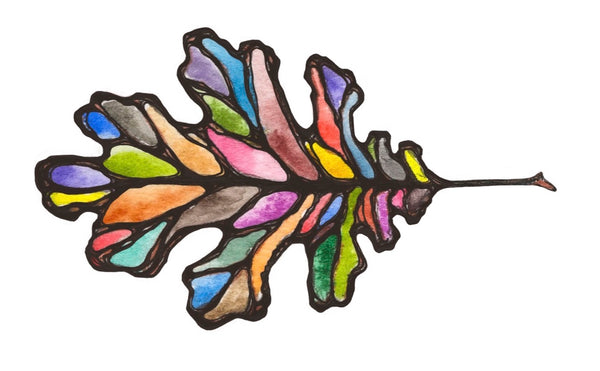
Wild Bird's Eggs, The Two Color Palette, And How To Use One...
The two-color palette is often overshadowed by either monochrome painting (using a single color palette) or the primary color palette. However, the two color palette is wonderful fun. It is especially exciting if you begin using one after experimenting with monochromes - it feels like entering a new dimension.
A Palette Inspired By Scientific Research On Bird's Eggshells
My very favorite two-color palette was inspired by the fascinating fact that only two pigments are responsible for the wide range of colors found in birds' eggshells. All birds apparently have the capability to produce both pigments, but not all of them do - some may only use one, others none.
Scientists believe that different birds have evolved to produce different appearances of eggs as camouflage, determined by nest type, environment, and other factors.
The two pigments are brown and blue, respectively. Biliverdin is a greenish-blue, while protoporphyrin is a reddish-brown. Together they create a shocking range of colors. Sadly, these pigments are not lightfast (believe me, I've looked into it).
So, I turned to our color line to select the most similar pigments. I was curious to see the range of colors that could be mixed, and I also thought it would make a wonderful painting challenge to paint a series of different bird's eggs.
I selected our Phthalocyanine Cyan, a green-leaning blue, and our Italian Brown Ochre, a warm brown that stretches from a yellowish color when diluted to a reddish brown when more concentrated. Both colors ride a line of color transition, which provides both greater depth and range to a palette that includes them.
Mixing The Colors To Test Their Range
To view the range of hues possible when mixing two pigments, you need to play with the ratio of one color to the other. More of one color and less of another will yield different hues. For a quick spread of ratios to test the mixing range of two pigments, I recommend using quarter percents, which will give you five swatches:
Using Phthalocyanine Cyan & Italian Brown Ochre, and illustrated below.
- 100%/0% Only Cyan
- 75%/25% Mostly Cyan with a little Brown Ochre
- 50%/50% Equal amounts of each.
- 25%/75% Mostly Brown Ochre with a little Cyan
- 0%/100% Only Brown Ochre
Remember, when mixing colors you are going by appearance not volume!

At top is pure Phthalocyanine Cyan, followed by a Cyan-heavy mixture that produces a teal hue, followed by a 50/50 mixture that creates a beautiful olive green, followed by a Brown Ochre-heavy mixture that makes a cooler brown, and finally pure Italian Brown Ochre.
Painting Birds' Eggs Using Only Two Colors: Phthalocyanine Cyan & Italian Brown Ochre

A quick sketch study of a variety of different egg types, done using only Phthalocyanine Cyan and Italian Brown Ochre.
Since we cannot use the exact pigments in birds' eggs, our colors can only be an approximation. Still, it is a fun exercise to paint an array of different colored birds' eggs as a way to see what two colors can really do. Further, the range of different textures, as well as working with the shape of the egg to create volume, makes for wonderful practice and beautiful paintings.
Painting Thumbnail Sketches

A set of thumbnails quickly painted using only Cyan & Brown Ochre as a way of mapping out composition, value, and color. While these two colors do not offer a full range, they can offer enough of a glimpse to give you an answer about whether you are satisfied with your painting plan.
Another use for two-color palette is as a thumbnail palette. Many artists will do a thumbnail sketch first to establish proportion, composition, and map general values. A thumbnail sketch is usually very small (hence the name of thumbnail), and done very quickly and roughly. Since colors are a very important aspect of composition, it can be very helpful to swipe some color over a thumbnail sketch. This really gives you a complete map before you begin a larger, more detailed painting.
The same two colors we have been using are well adapted for thumbnail sketching because of their wide range of contrasting colors that are useful in land and seascapes. More or less, this little palette contains brown, blue, and green, with the ability to produce shades of each, and decent stand-ins for yellow and grey.
The Wild Bird's Egg Set
This two-color palette, inspired by the pigments in birds' eggs, has been one of our most popular palettes over the years, and a personal favorite of my own. It has a way of bringing me back to basics, reintroducing the wonder of color mixing through exploration of the variety just two colors can offer. After using this palette for a little while, a palette with twelve colors feels like an embarrassment of riches!
This palette is a wonderful reminder that nature can inspire art at very fundamental levels, and that less can be so much more when it comes to color.
As always, wishing you happy painting,



